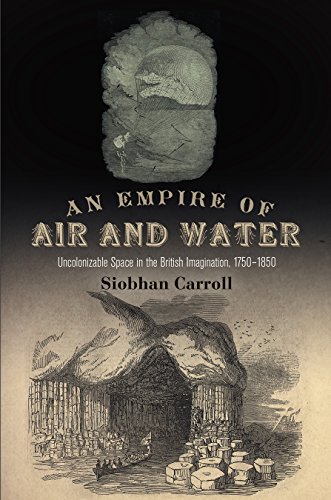

Most ebook files are in PDF format, so you can easily read them using various software such as Foxit Reader or directly on the Google Chrome browser.
Some ebook files are released by publishers in other formats such as .awz, .mobi, .epub, .fb2, etc. You may need to install specific software to read these formats on mobile/PC, such as Calibre.
Please read the tutorial at this link: https://ebookbell.com/faq
We offer FREE conversion to the popular formats you request; however, this may take some time. Therefore, right after payment, please email us, and we will try to provide the service as quickly as possible.
For some exceptional file formats or broken links (if any), please refrain from opening any disputes. Instead, email us first, and we will try to assist within a maximum of 6 hours.
EbookBell Team

5.0
20 reviewsPlanetary spaces such as the poles, the oceans, the atmosphere, and subterranean regions captured the British imperial imagination. Intangible, inhospitable, or inaccessible, these blank spaces—what Siobhan Carroll calls "atopias"—existed beyond the boundaries of known and inhabited places. The eighteenth century conceived of these geographic outliers as the natural limits of imperial expansion, but scientific and naval advances in the nineteenth century created new possibilities to know and control them. This development preoccupied British authors, who were accustomed to seeing atopic regions as otherworldly marvels in fantastical tales. Spaces that an empire could not colonize were spaces that literature might claim, as literary representations of atopias came to reflect their authors' attitudes toward the growth of the British Empire as well as the part they saw literature playing in that expansion.
Siobhan Carroll interrogates the role these blank spaces played in the construction of British identity during an era of unsettling global circulations. Examining the poetry of Samuel T. Coleridge and George Gordon Byron and the prose of Sophia Lee, Mary Shelley, and Charles Dickens, as well as newspaper accounts and voyage narratives, she traces the ways Romantic and Victorian writers reconceptualized atopias as threatening or, at times, vulnerable. These textual explorations of the earth's highest reaches and secret depths shed light on persistent facets of the British global and environmental imagination that linger in the twenty-first century.